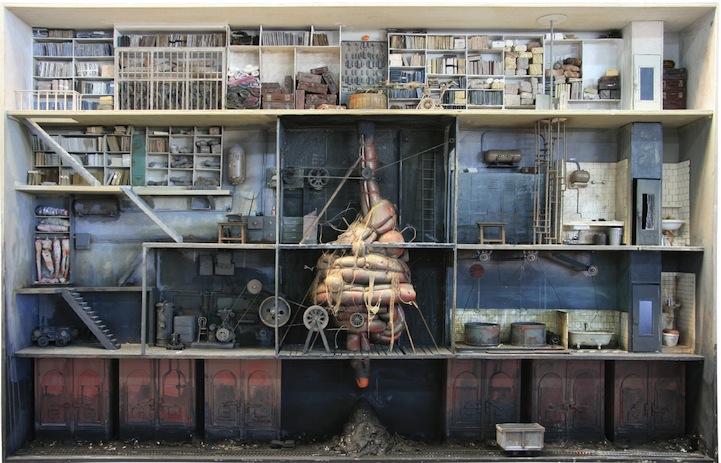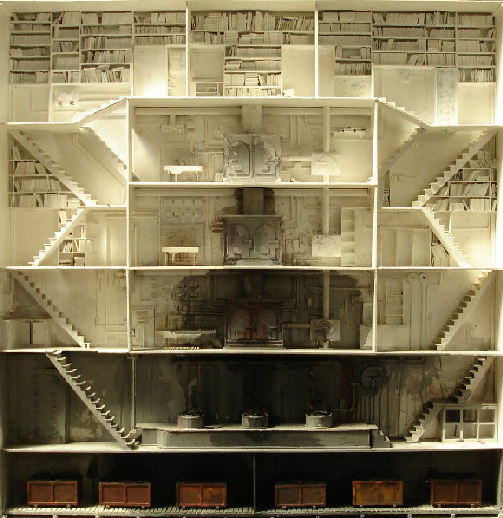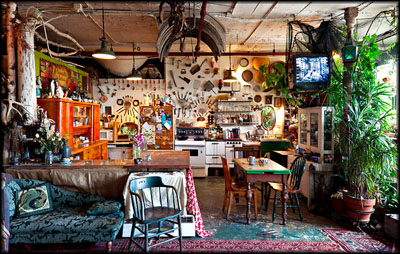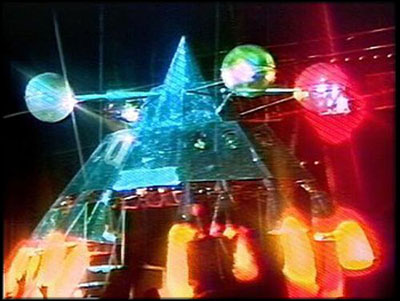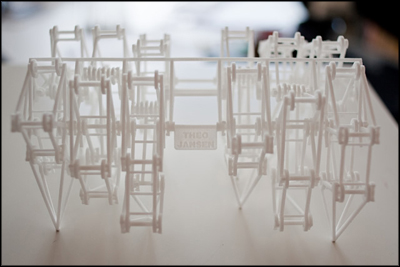BTC: Hans Reichel’s Daxophone
One of the more unique looking, and easily one of the most unique sounding musical instruments ever invented, Hans Reichel’s daxophone is sure to put some spring in your step and some giggles in your face this fine morning:
A bowed musical instrument that falls into the category of “friction idiophones“, the daxophone consists of a long, thin wooden blade notched into a wooden block containing one or more contact (piezo) mics, often attached to a tripod. In addition to being bowed, daxophones can be plucked or struck, conducting sounds the same way “a struck ruler halfway off a table does”, with each vibration moving through a “tongue” of wood into the instrument’s wood block base, which acts as a resonator for the contact mics contained inside.
Depending on the shape and grain of each wooden tongue, and how they are manipulated, all manner of uncanny (and often hilarious) warbling, moaning, grumbling, yodeling, spluttering, rasping, growling, yowling sounds can be coaxed from these oddly human-sounding pieces of wood. (The daxophone’s name comes from the use of a stopper block of wood called the “dax”, which is fretted on one side to produce fixed pitches, while the other side is curved and smooth, allowing a performer to shift more fluidly from one note into the next.)

A variety of daxophone tongues. (Via oddmusic.com.)
Generously, Reichel offers extensive downloadable plans for his invention on his website so that other woodworkers can create daxophones of their very own.
Visit oddmusic.com to find out more about this, and countless other experimental instruments and musicians. Also worth checking out:


